WHAT YOU NEED TO KNOW: The TaylorMade Qi10 line-up of fairway woods includes three models of different sizes, different levels of forgiveness and even different metals, but the overriding mission is the same: a larger carbon composite crown that reaches all the way to the top of the face saves mass that’s repositioned selectively by each model to build more off-centre hit forgiveness, increase launch angle and/or optimise spin.
PRICE: Qi10 ($599): 15, 16.5, 18, 21, 24 degrees, with fixed hosel; Qi10 Max ($599): 16, 19, 22 degrees, with fixed hosel; Qi10 Tour ($739): 15, 18 degrees, with 12-way adjustable hosel. Available for pre-order from today; Qi10, Qi10 Max are at retail from February 2, Qi10 Tour hits retail from February 16.
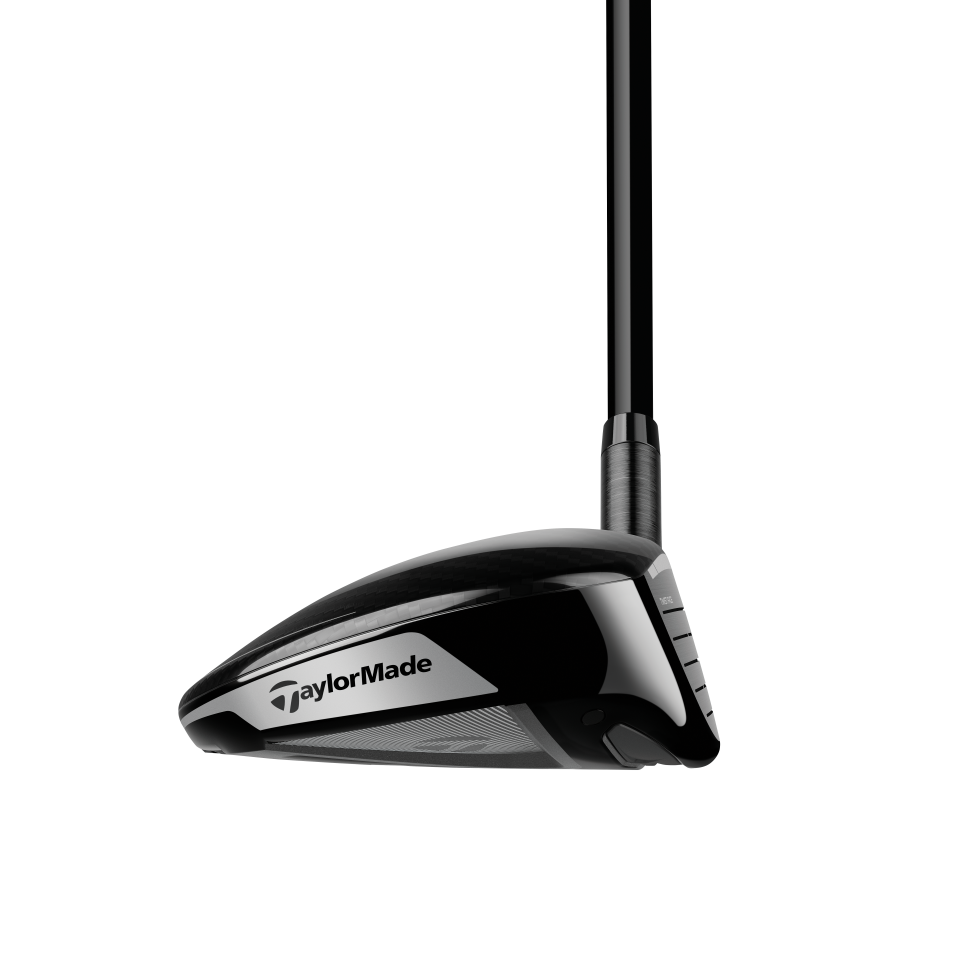
Qi10
3 COOL THINGS
1. More carbon, more better. Everybody gets excited about saving weight in the construction of a driver, but when it comes to the concept of “discretionary mass”, don’t sleep on fairway woods. The reason? Since steel is twice as heavy as titanium, every bit of steel in the head of a fairway wood that’s replaced by carbon composite saves more weight that can be redistributed to serve different needs for different fairway wood models designed for different types of players.
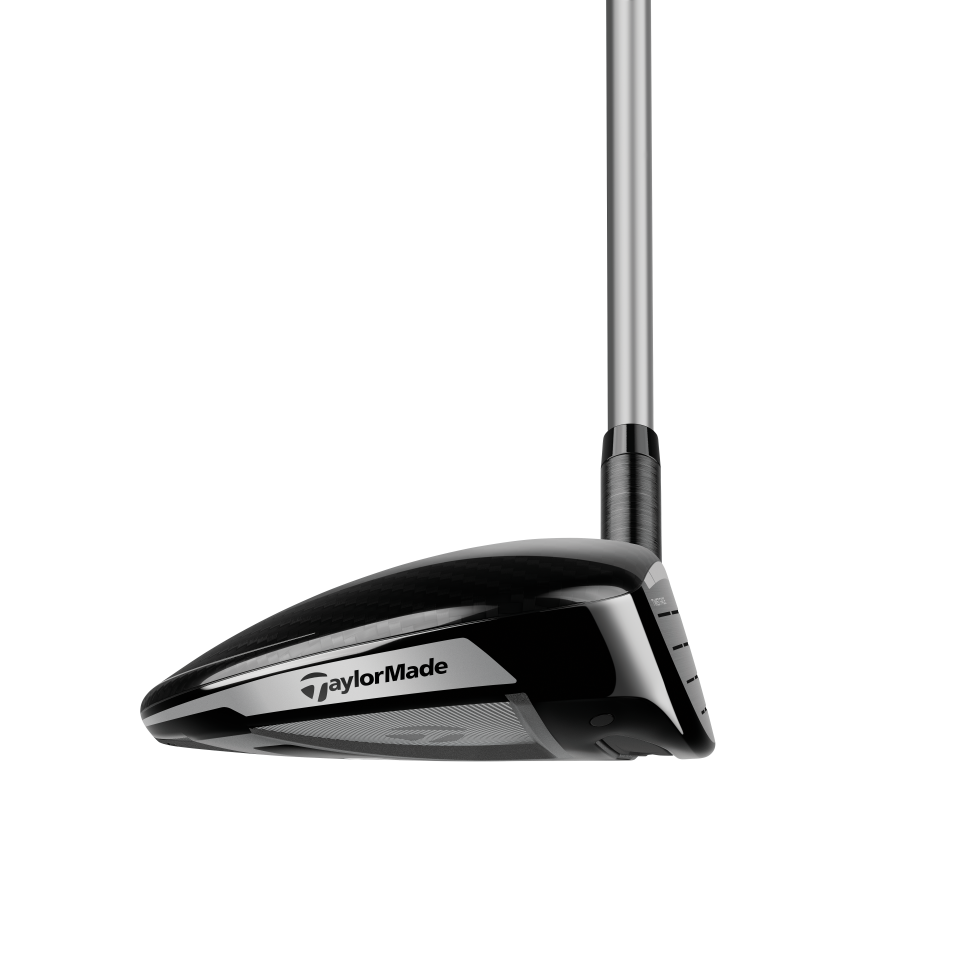
Qi10 Max
That’s exactly what’s happening with the Qi10 and Qi10 Max stainless steel fairway woods, which use saved weight to increase each head’s stability on off-centre hits, or moment of inertia. The result is less loss of ball speed on a mis-hit.
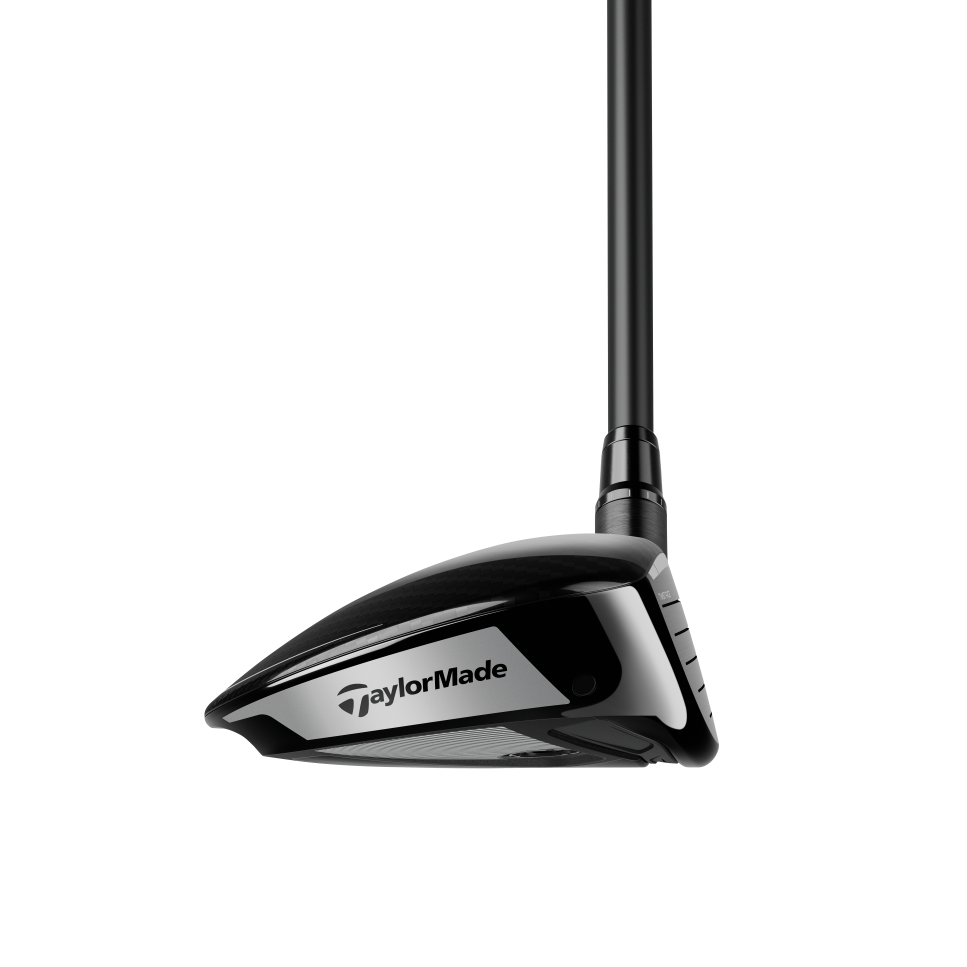
Qi10 Tour
TaylorMade’s Qi10 family of fairway woods benefit from the largest carbon composite crowns in company history with nearly 100 percent surface coverage across the top of these heads. Just like in the drivers, the new structure across all models features a carbon composite crown section that stretches from back to the very front edge, abutting against the top of the face.
The use of carbon composite saves 15 grams that is pushed low and towards the rear on the stainless steel Qi10 and Qi10 Max models. That repositioned saved weight is especially valuable in these new models because they’ve been stretched longer front to back, including the Qi10 Max which now measures five millimetres longer and is 2.5 percent bigger in address area than last year’s oversized Stealth 2 HD 3-wood.

Qi10 Max
But the discretionary mass is distributed differently in Qi10 vs Qi10 Max. The former features slightly more mass towards the front, while the larger Qi10 Max features more extra mass in the rear perimeter and slightly towards the heel.

Qi10
“Obviously, with the Max and that back weight we’re trying to get the moment of inertia up as high as possible,” said Tomo Bystedt, TaylorMade’s director of product creation for woods. “It’s really a lot like what we’re doing with the Qi10 Max driver in that we’re really pushing up the MOI to where it’s our highest MOI that we’ve made in a fairway wood.”
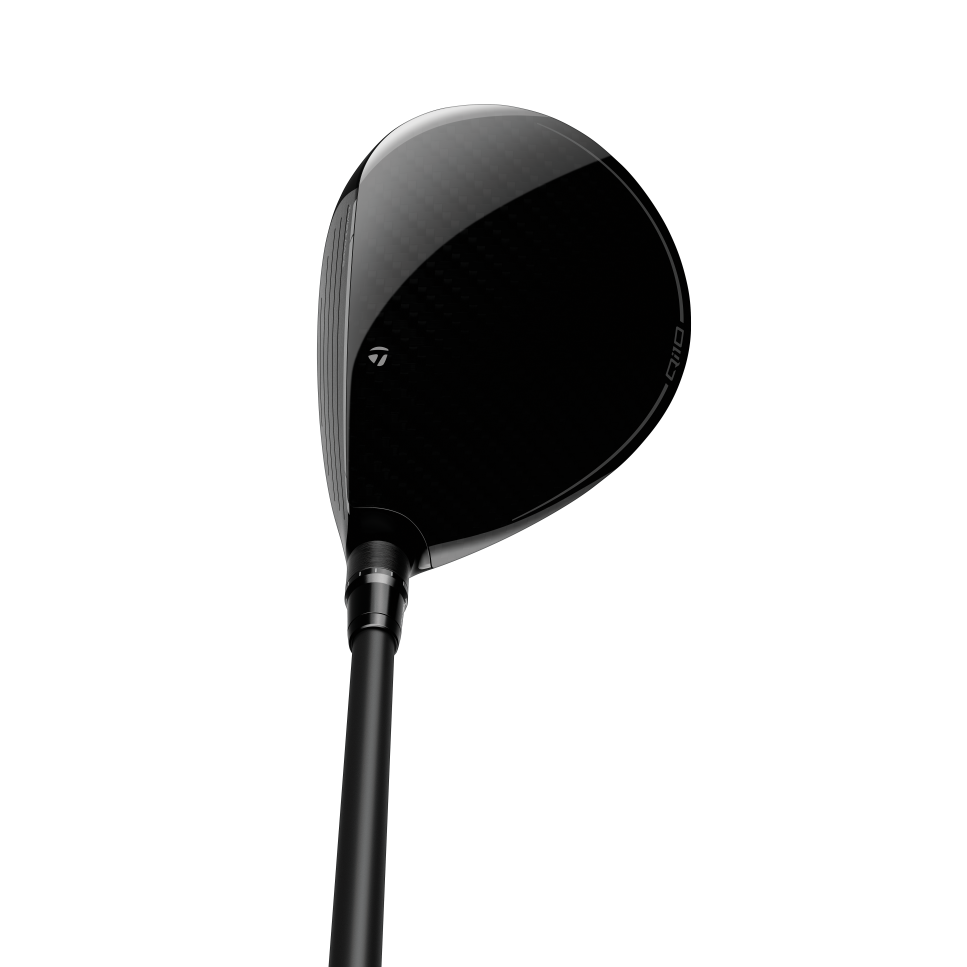
Qi10 Tour
2. Another plan for your savings. Meanwhile, the titanium Qi10 Tour, which generally targets better players, saves even more mass, with a lighter carbon composite in the crown (vs five times as dense steel) and lighter titanium in the face (vs twice as dense steel). But that double savings doesn’t simply yield a super low-spinning fairway wood, Bystedt said.
Because rather than pushing all that discretionary mass forward and low, it’s once again used to service a sliding weight in the sole, which debuted with last year’s Stealth 2 Plus. Like before, this year’s massive 50-gram sliding weight on the Qi10 Tour moves forward and backward along a track that is half hidden inside a “garage” that now is even lower profile to improve turf interaction and keep the track lower within the head for a lower CG in any position.
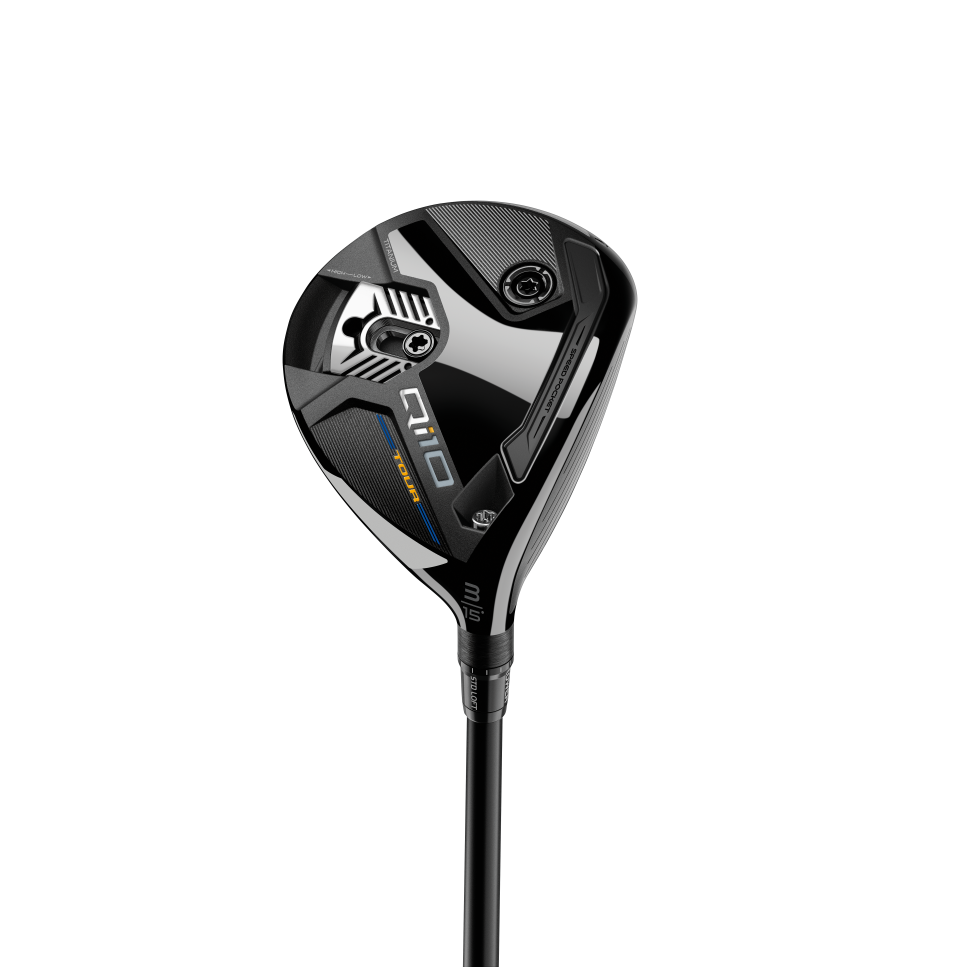
“Really, this is a variable spin product,” he said. “It’s like you have three fairway woods in one, or really an infinite number depending on how you slide the weight. This feature has been really great for dialing players in to get the right launch angle, but it’s also helpful for distance gapping. The middle setting gives you plenty of spin to get the ball in the air but still a hot ball flight. If you move it all the way forward, you’ve got kind of a rocket 3-wood setting, and if you move it back you have something more like our 3HL fairway wood. What’s interesting is that this won’t change your launch angle but the spin change will change your distance.”
Distance gapping with the Qi10 Tour is further helped by the company’s 12-way adjustable hosel that allows players to tweak loft by plus/minus two degrees. So even though there are only two stock lofts (15, 18 degrees), it accommodates every loft in multiple settings from 15-20 degrees.

Qi10 Max
3. Right-sizing. The three models feature different sizes with the Qi10 Max being the largest and the Qi10 Tour being the most compact, but they also feature face heights designed to appeal to the target player for each model. That means the Qi10 Max extends its more forgiving approach to include a more shallow face height to provide more confidence to average players who struggle to get fairway wood shots launched sufficiently.
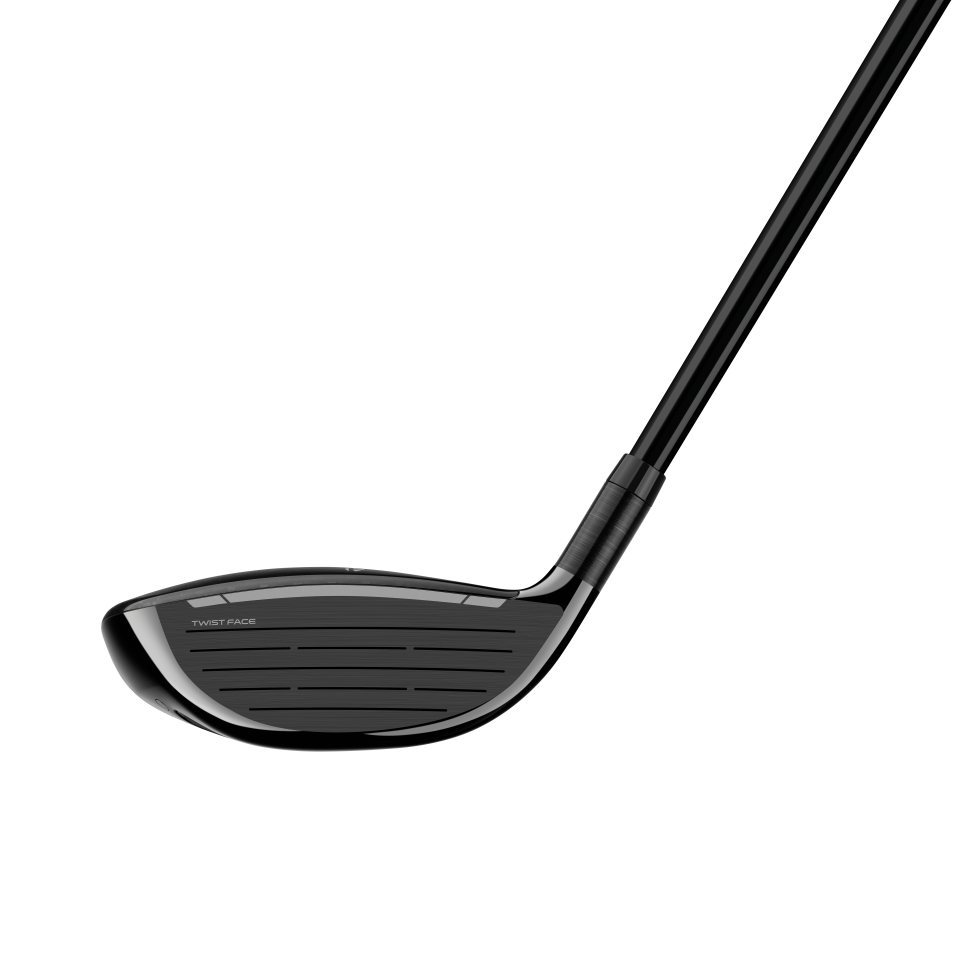
Qi10
The design of each face is based on computer simulations of the target player with thicknesses matching typical impact patterns through what the company calls an “optimisation algorithm”.
The biggest change in the thickness patterns for this year’s Qi10 family of fairway woods isn’t so much in the overall shape of that pattern, but rather in shifting it slightly lower on the face. Based on player data, that matches up better with where impacts are occurring. As a result, the face deflects more effectively on lower impacts below centre, working in conjunction with a cut-through slot in the front part of the sole.
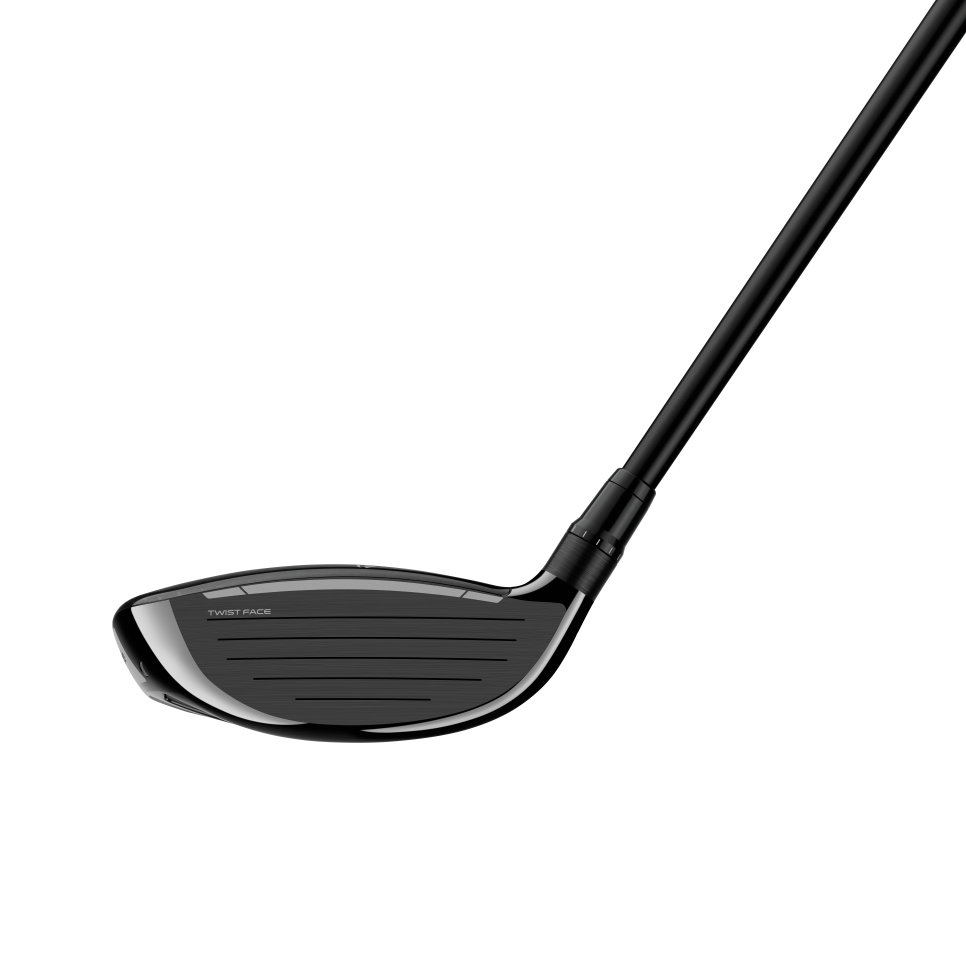
Qi10 Tour



